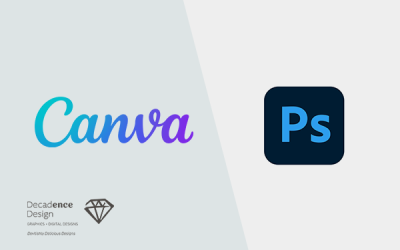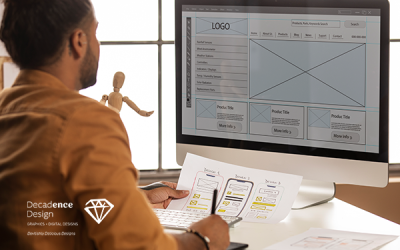Graphic design is a dynamic field that combines creativity and functionality to visually communicate ideas and messages. Whether designing a logo, a website, or a marketing collateral, graphic designers play a crucial role in shaping the visual identity of a brand or project. In this creative process, feedback becomes a cornerstone for improvement and refinement. The importance of feedback in graphic design cannot be overstated, as it not only enhances the quality of the final product but also fosters professional growth and client satisfaction.
1. Clarification of Objectives
Feedback serves as a compass, guiding graphic designers towards the client’s vision and objectives. Often, clients have specific goals and messages they want to convey through the design. Constructive feedback helps designers understand these goals more clearly and align their creative efforts with the client’s expectations. By seeking feedback early in the design process, designers can ensure that they are on the right track and avoid misunderstandings that may arise later.
2. Iterative Improvement
Graphic design is an iterative process. Initial drafts and concepts are rarely perfect, and designers rely on feedback to identify areas for improvement. Constructive criticism allows designers to refine their work, make necessary adjustments, and produce a final product that meets or exceeds the client’s expectations. This iterative cycle is essential for achieving a polished and well-executed design.
3. Enhanced Creativity
Feedback provides graphic designers with fresh perspectives and alternative ideas. While designers bring their creativity to the table, input from clients, colleagues, or mentors can inspire new concepts and approaches. Collaborative feedback encourages creative thinking and fosters an environment where diverse ideas can flourish. This exchange of ideas can lead to innovative solutions that may not have been initially considered.
4. Client Satisfaction
In graphic design, client satisfaction is paramount. Regular feedback sessions create an open line of communication between designers and clients, ensuring that the design aligns with the client’s vision. By actively involving clients in the design process, designers can address concerns and make adjustments in real-time, ultimately delivering a product that not only meets but exceeds client expectations. This proactive approach helps build trust and long-term relationships.
5. Professional Development
Constructive feedback is a valuable tool for personal and professional growth. Designers can learn from the critiques and insights shared by clients, peers, and mentors, refining their skills and expanding their knowledge base. Accepting feedback gracefully and using it as a learning opportunity contributes to continuous improvement, making designers more adaptable and resilient in the ever-evolving field of graphic design.
Conclusion
Feedback is an integral part of the graphic design process, serving as a catalyst for improvement, creativity, and client satisfaction. By embracing feedback, designers can navigate the iterative nature of their work, clarify objectives, and enhance their skills. In the end, the collaborative exchange of ideas not only results in visually compelling designs but also strengthens the relationships between designers and their clients, fostering a culture of excellence in the dynamic world of graphic design.
The Importance of Feedback in Graphic Design
XML link | All feed





